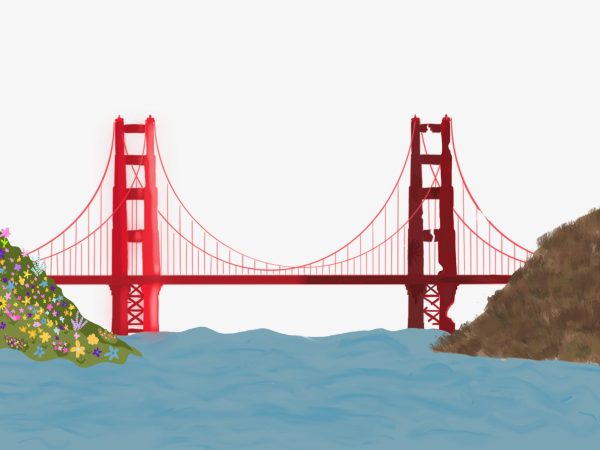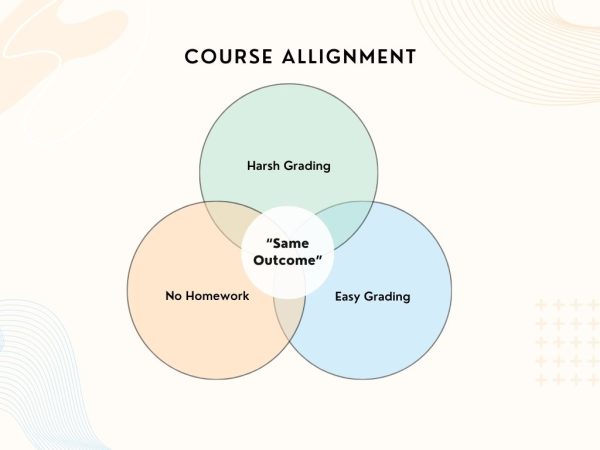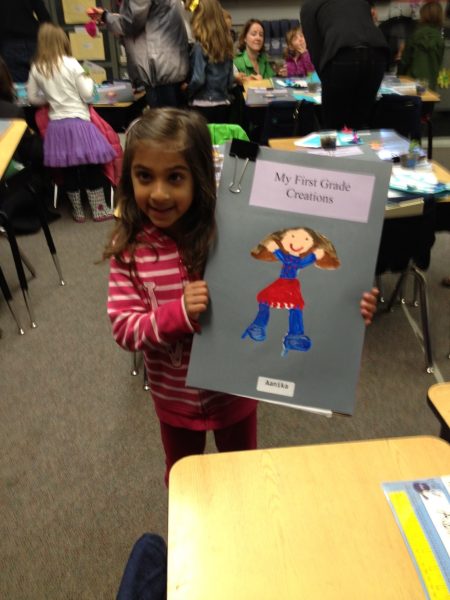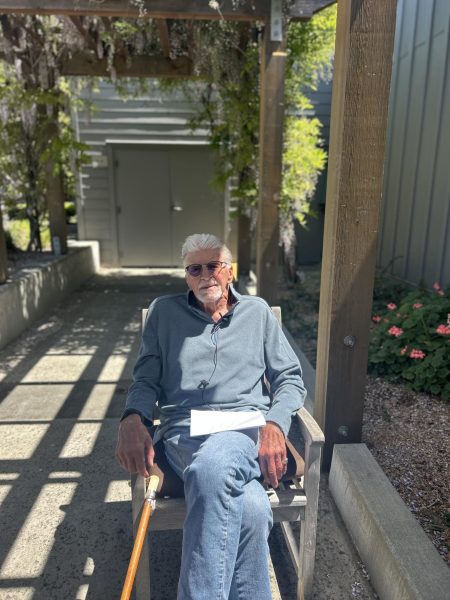A book behinds bars
May 4, 2023
“What’s the point of having a voice if you’re going to be silent in those moments you shouldn’t be?” said Starr Carter, the main character in The Hate U Give by Angie Thomas. The Hate U Give is a novel about Starr and her journey becoming an activist and a voice for Black people who’d been killed from police brutality. When Thomas’s novel was released in 2017, it became the eighth most challenged and banned book that year. This book, along with many other banned books, should be read because without the stories they tell and the perspectives they offer, we narrow our world view and limit our tolerance for things outside of our version of normal.
The process of book banning stems from a place of fake protection. Generally the people or groups banning the books believe they are protecting young, innocent minds from immoral ideas, dangerous characters or risque and obscene passages. But is this true? Unlikely. The banned books speak more to the censor’s choices of right and wrong, than to anything else. Quite simply, it’s a display of power that seems to say “believe what I believe and what I tell you to believe.”
Furthermore, some books are banned not based on content but rather based on title, artwork on the cover, or hearsay from outside influences. Did we not learn about “judging a book by its cover” sometime in preschool? The most famous instance of this came in 2011, when a Washington state school board banned Sherman Alexie’s The Absolutely True Diary of a Part-Time Indian. When pressed about their reasons for banning the book, many of the board members admitted to not actually having read the book. Eventually this book became celebrated in the district and reintroduced to the ninth grade curriculum.
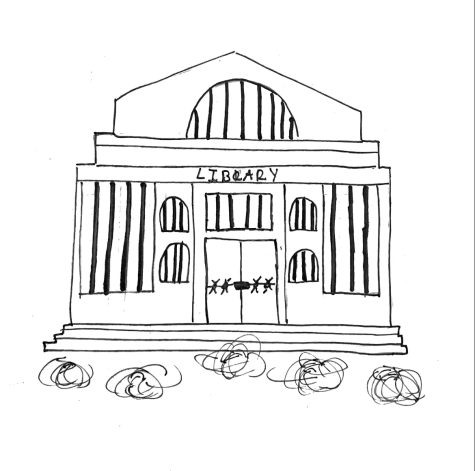 The largest mass banning of books happened from 2021 to 2022. According to PEN America, 1,648 books were banned over 2,532 instances (This means that the same book was banned by multiple places during this time period.). These bans impacted more than 138 school districts in 32 states, with at least 4 million students impacted.
The largest mass banning of books happened from 2021 to 2022. According to PEN America, 1,648 books were banned over 2,532 instances (This means that the same book was banned by multiple places during this time period.). These bans impacted more than 138 school districts in 32 states, with at least 4 million students impacted.
Further research shows that 41 percent of banned books included LGBTQ+ themes or characters and another 40 percent included a character of color in a key role. Banning books that include a non hetero-normative character or a person of color conveys that minorities have less value, less to tell us, and that overall these perspectives are unimportant and even dangerous. A particular example is the banning of critical race theory books. Banning these books doesn’t erase or undo the past history, instead it covers it up. You can’t erase the fact that our founding fathers were slave owners or the explorers who committed mass genocide against countless Indegnious tribes or the police brutality that continues to plague our country.
What’s even scarier is that banned book numbers are rising every year from only 377 in 2019 to more than 2,500 today. The majority of this stems from a polarized political climate.. Let’s take a look at Florida and how Governor Ron DeSantis has worked hard to dismantle any education that’s even vaguely controversial. He started at banning math books that included what he called “woke math” which really boiled down to word problems and drawings that may have included same sex figures and other seemingly offensive things. Governor DeSantis has also eliminated education around Rosa Parks and Frederick Douglass from an AP African American History Course because it has “no educational value”. The conservative and expanding Moms for Liberty group has been supporting Governor DeSantis and has been pushing back against what they see as liberal school policies including supporting the removal of LGBTQ+ books in libraries across Florida and other states. Another group, the Florida Citizens Alliance, has also greatly influenced what DeSantis is doing in the state of Florida. This group and Governor DeSantis have even gone to extreme lengths calling for criminal charges for people or persons distributing banned books and materials.
Beyond Florida, the rise in social media usage by concerned citizen groups is also influencing political momentum. A group called MassResistance in Mississippi has taken credit for banning many LGBTQ+ books across the state. (This same group called the January 6 Riot at the Capitol Building ”a setup” and “a hoax”.) While Florida and Mississippi might seem a world away from Northern California, and while politically it is, DeSantis is currently the primary challenger to Donald Trump for the voice of the Republican Party. If DeSantis were to become the face of the Republican Party, you can bet the attacks on books will escalate from one state to many other conservative states wishing to emulate his policies. Eventually these policies may find their way to the national stage. Additionally, it’s clear that the banning of books is a political agenda when the organizations working to censor don’t have kids of their own in the school district, community or even the state in which they are working to ban books.
Freedom of speech is protected under the First Amendment in the Constitution. This protection applies to books the same way it applies to words. Four Supreme Court justices had said yes; books are protected, while another four dissented, and one actually abstained. So technically, there was never a majority in a case about this very thing. Supreme Court Justice William J. Brennan, Jr. said most eloquently: “If there is a bedrock principle underlying the First Amendment, it is that the government may not prohibit the expression of an idea simply because society finds the idea itself offensive or disagreeable.” Mostly the concern over which books to ban lies within a community, school board or local government. So far most legal scholars agree that students don’t forfeit their first amendment rights when they enter their school buildings, but no actions have been further taken.
Reading allows readers to experience new worlds, thoughts, ideas and opinions. Imagine not being able to experience a mythical world, or another time, or place just because the book that you want to read is banned? I would have never known what Starr Carter felt if I hadn’t experienced her life in The Hate U Give. Deborah Caldwell-Stone, the Director of the Office of Intellectual Freedom at the American Library Association said, “To remove those books denies an opportunity for education, and is also an act of erasure, a very stark message that you don’t belong here, your stories don’t belong here.” Reading can create empathy. Empathy helps us understand the feelings of others and reading offers a glimpse into someone else’s perspective. In today’s divisive political climate, we could all use some empathy. Though the books may get taken off the shelves, today most books are only a mouse click away. Try to read banned books to prove to fearful people that books are not scary and they don’t corrupt our “innocent minds”.








